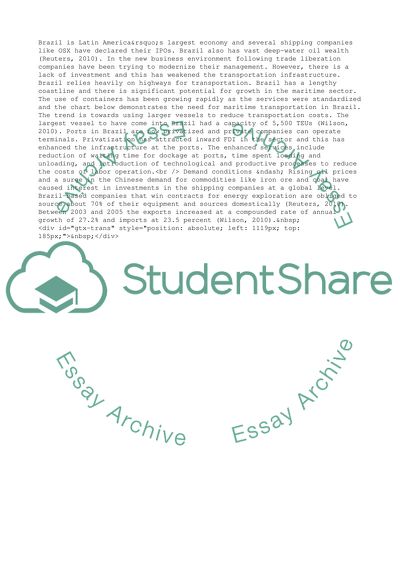Cite this document
(Strategic Management: New Market Entry of Havila Shipping in Brazil Case Study - 11, n.d.)
Strategic Management: New Market Entry of Havila Shipping in Brazil Case Study - 11. Retrieved from https://studentshare.org/business/1738157-strategic-management
Strategic Management: New Market Entry of Havila Shipping in Brazil Case Study - 11. Retrieved from https://studentshare.org/business/1738157-strategic-management
(Strategic Management: New Market Entry of Havila Shipping in Brazil Case Study - 11)
Strategic Management: New Market Entry of Havila Shipping in Brazil Case Study - 11. https://studentshare.org/business/1738157-strategic-management.
Strategic Management: New Market Entry of Havila Shipping in Brazil Case Study - 11. https://studentshare.org/business/1738157-strategic-management.
“Strategic Management: New Market Entry of Havila Shipping in Brazil Case Study - 11”. https://studentshare.org/business/1738157-strategic-management.


